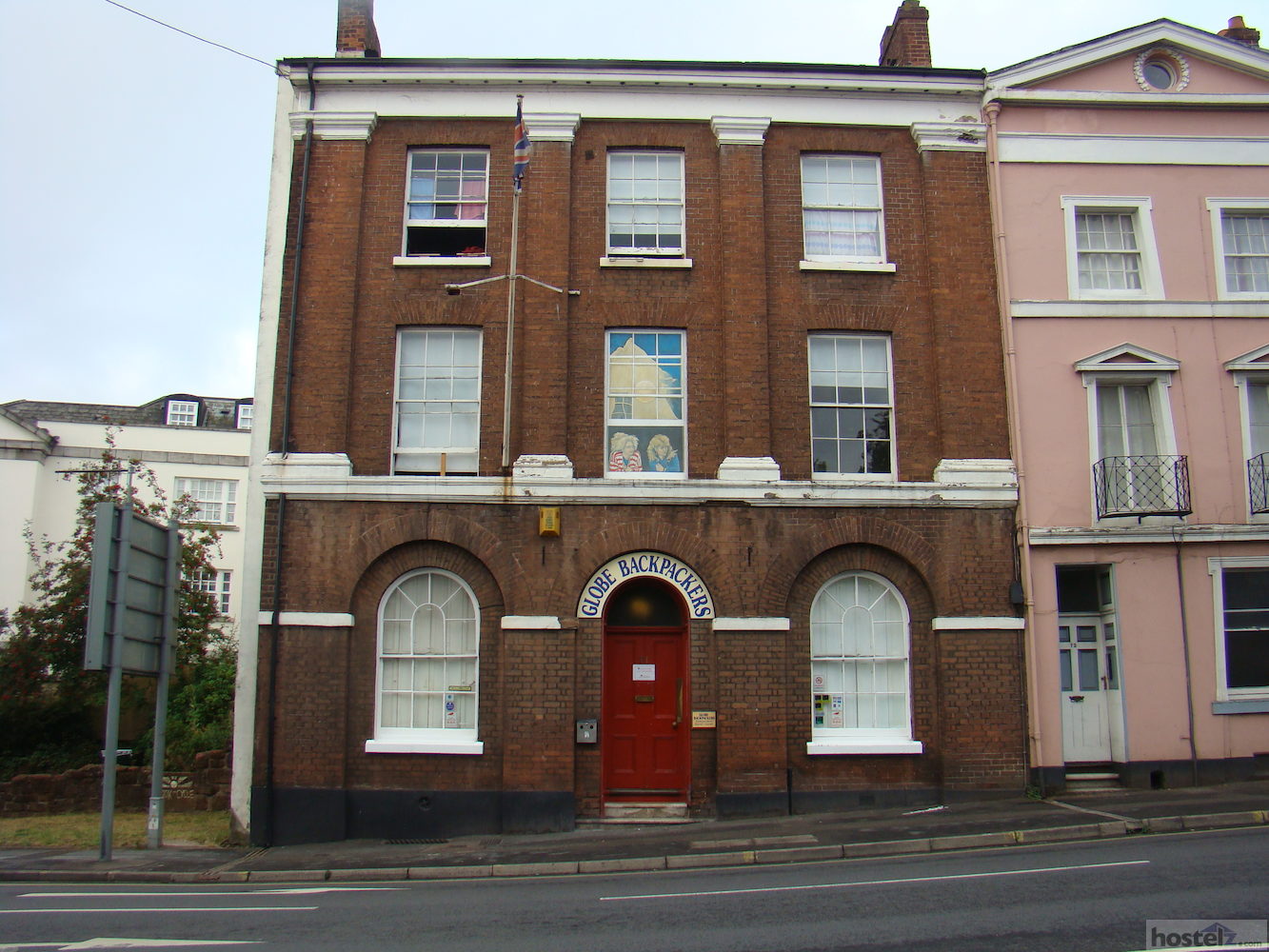Do you remember, from school, hearing about the window
tax? It was one of those odd snippets
that was slipped into history lessons (no disrespect to history teachers!),
when we learnt about the unusual tax imposed at the end of the seventeenth
century, running in various forms until the middle of the nineteenth. Householders paid an annual tax according to
the number of windows in their house, and the rate rose in sharp steps as the
count reached particular thresholds. So,
according to the school-teachers, people bricked-up their windows to reduce
their tax. (There is nothing new about
tax avoidance, is there?) And, to
embellish the story, my teacher assured the class that some houses had the
space painted black with white lines to represent the panes and window frame.
There is plenty of evidence that windows really were blocked
to avoid excessive tax. In an
interesting story, there is a house on the Scottish coast, which was owned by a
businessman and part-time smuggler; the owner bricked up some windows and covered
the recesses to make concealed storage space.
And the eighteenth century novel, Tom
Jones, refers to the practice when the innkeeper’s wife complains “It is a
dreadful thing to pay as we do. Why now, there is above forty shillings for
window lights, and yet we have stopt up all we could: we have almost blinded
the house, I am sure”.
So can you find examples of house-owners avoiding the window
tax in this neighbourhood? Yes, and
no. The tax was repealed in 1851, when
the rate of taxation had not been changed for over 25 years. So the builders of the majority of early
nineteenth century homes in the area knew the tax rate and designed their
houses accordingly. As a result, we have
a number of houses which were built with window recesses for aesthetic reasons,
but these were never constructed as windows for illumination. There are houses in Friars Walk like this,
dating from about 1840, when English architecture went through a period of
celebrating all things Greek. Those
houses share another reason for having blind (blind being the architectural
term for an apparent opening) windows; the houses are semi-detached, with two recesses
in the middle (front and back) which could never be used as windows because
they would be half in one house and half in the other. There are further examples of this aesthetic
deceit in the village, used to give the impression that there was one house
when there are really two. More are
found in Baring Crescent and Lyndhurst Road, and at the ends of The Quadrant. Houses in Victoria Park Road have windows
where the semi-circle at the top of a fancy window is blind, and the glazed
section is rectangular. In the same road
there are window recesses where the only view would be of next door’s side
wall. In Topsham, one of the listed
buildings in Higher Shapter Street has the recesses painted black with glazed
sash windows outside.
| Spot the false windows in Topsham; photo from geograph.org.uk |
It wasn’t just the builders of the fashionable houses for the wealthy which had blind windows; the early nineteenth century terraced homes of Colleton Hill include examples and more can be found in Radford Road and Roberts Road.
More recently, openings for windows and doors have been
bricked up because of changes to the interior of the house. I mentioned one blocked door in an article in
the Neighbourhood News earlier in 2016, where the former doorway opened onto
Magdalen Road from a garden in Baring Crescent.
That opening was closed for security.
Unless the builder is very careful, the bricks used for closing the gap
will not match and the change will be evident to passers-by. Can you find examples? Some of the former shops in Roberts Road had
their large windows reduced in size when they ceased to be businesses – and
this was for reasons of taxation, to avoid business rates.
Holloway Street boasts a variation on the theme of painted
glass panes with the trompe l’oeil picture of two girls looking out of a
window. The blind windows of the
Barnfield Theatre have been decorated, some with trompe l’oeil – theatres and
cinemas do not generally have windows.
At the junction of Fleming Way with Barrack Road, on the old
Princess Elizabeth hospital site, there are two curved terraces of modern town-houses. On the ends are fake windows, recesses in the
brickwork with a white head and a small sill.
They are there for the sake of appearance, but are not very
convincing. Because the outer skin of
the cavity wall is quite thin, the recess has to be shallow to maintain the
insulation of the building. Builders use
such fakes so that the interior of the house has large expanses where
wall-mounted furniture can be placed.
But I loved the final comment of one writer explaining why there are
blind windows on such modern estates; he wrote: “The builder was waiting for
delivery of the window frames, and gave up because it was taking too
long”.
Printed in St Leonard's Neighbourhood News. November-December 2016
Keywords: St Leonards, Exeter, history, geography, beauty, windows

No comments:
Post a Comment